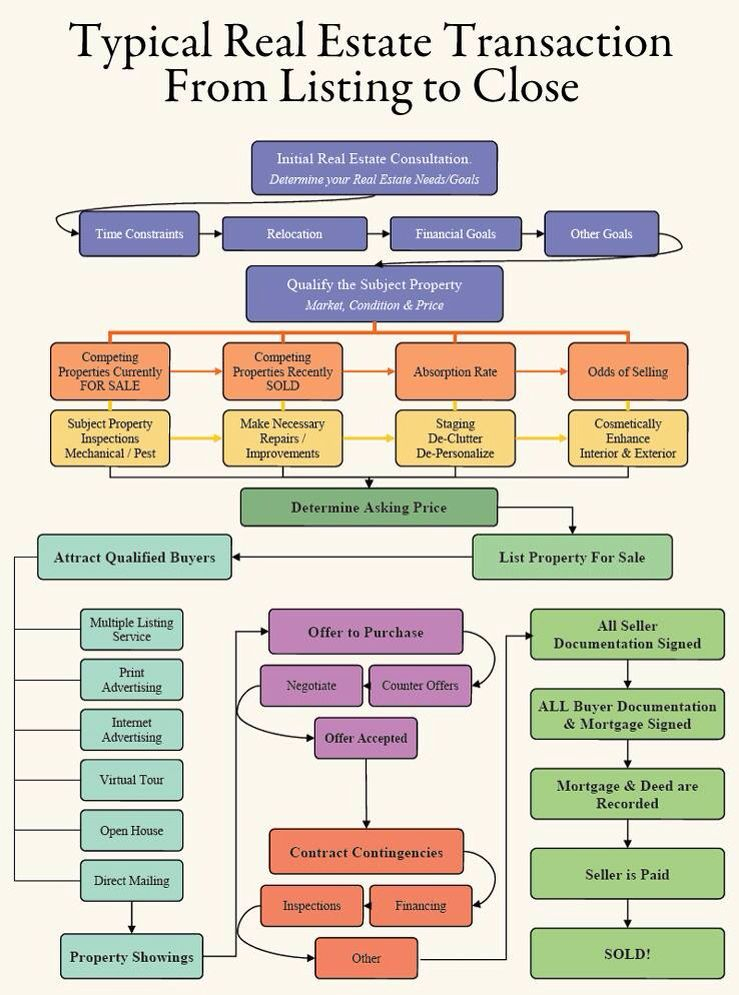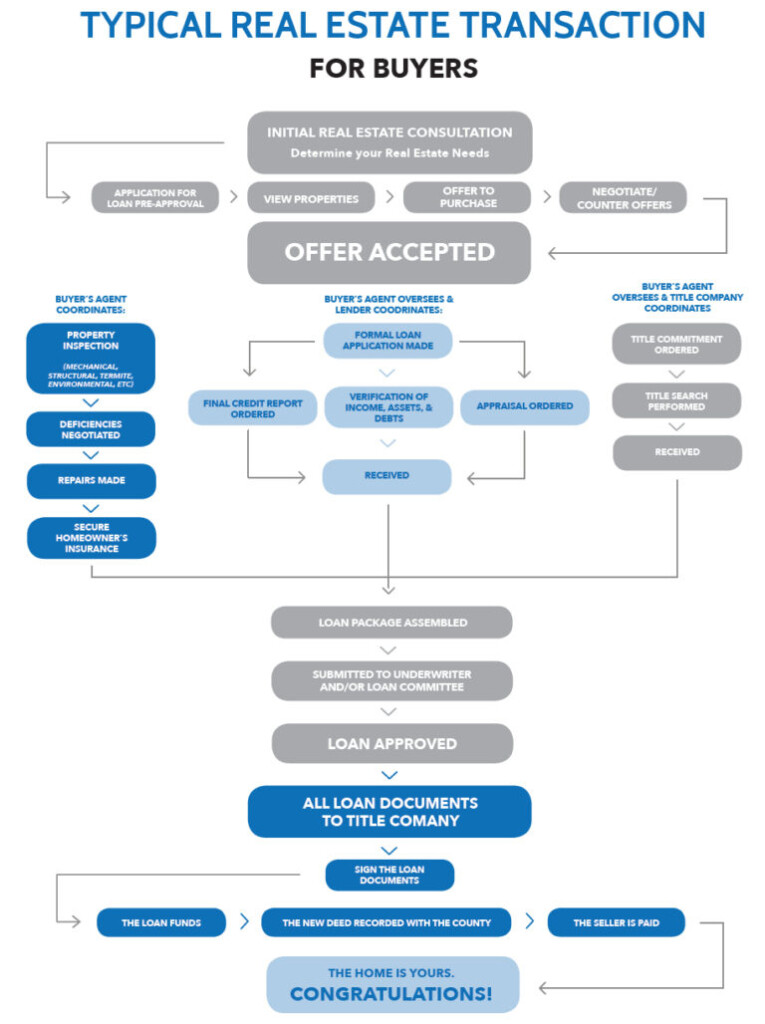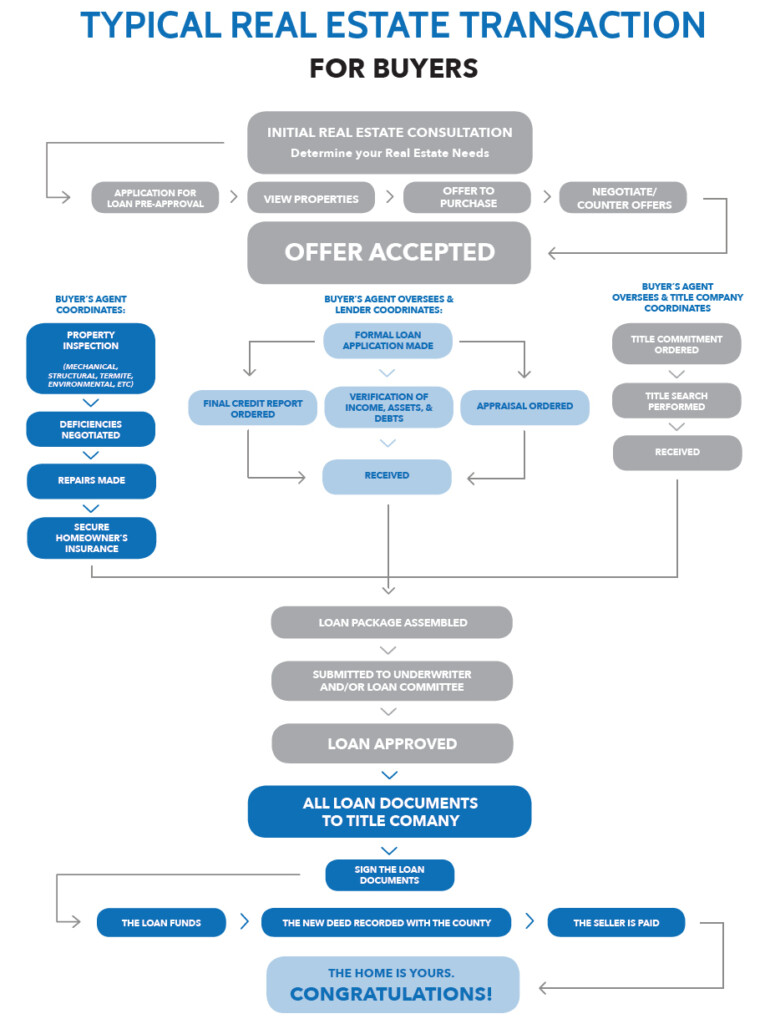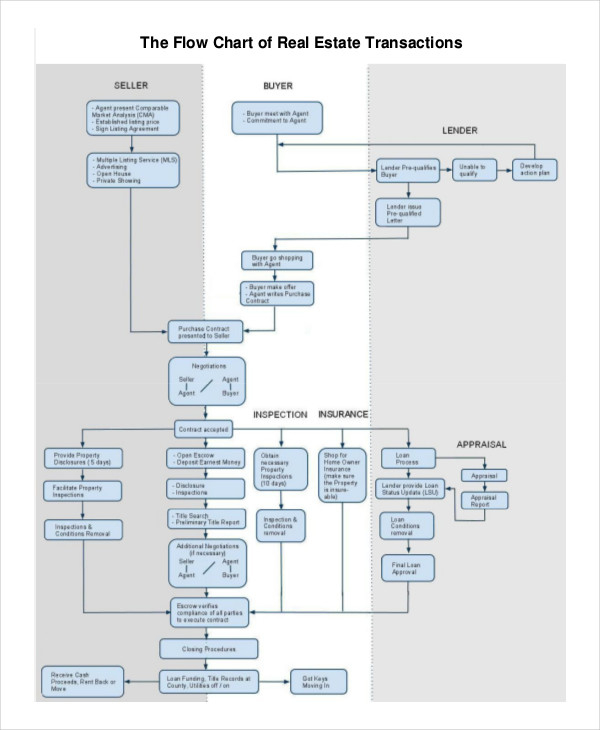Commercial real estate transactions can be complex and involve multiple steps from start to finish. Having a clear understanding of the process flow can help streamline the transaction and ensure a successful outcome. Below is a breakdown of the typical steps involved in a commercial real estate transaction, as depicted in a flow chart.
The first step in a commercial real estate transaction is conducting initial research and planning. This includes identifying the type of property you are looking for, setting a budget, and determining your financing options. It is important to also research the market conditions and identify potential properties that meet your criteria.
Commercial Real Estate Transaction Process Flow Chart
During this stage, you may also want to engage a real estate agent or broker to help you navigate the process and provide guidance. They can help you identify suitable properties, negotiate terms, and assist with due diligence.
Step 2: Property Evaluation and Due Diligence
Once you have identified a potential property, the next step is to conduct a thorough evaluation and due diligence. This involves inspecting the property, reviewing financial documents, and assessing any potential risks or liabilities. It is important to work closely with legal and financial advisors during this stage to ensure all aspects of the property are thoroughly vetted.
Additionally, you may need to secure financing for the purchase. This can involve obtaining a loan from a bank or financial institution, or working with private investors. Your financial advisor can help you determine the best financing options for your specific situation.
Step 3: Negotiation and Purchase Agreement
Once due diligence is complete and financing is secured, the next step is to negotiate the terms of the purchase agreement. This includes determining the purchase price, closing date, and any contingencies that need to be met before closing. It is important to work closely with your legal advisor to ensure the purchase agreement is in your best interest.
After the purchase agreement is finalized, the transaction will move to the closing stage. This involves transferring ownership of the property, completing any final inspections or repairs, and signing all necessary legal documents. Once the transaction is complete, you will officially own the commercial property.
By following the commercial real estate transaction process flow chart and working closely with experienced professionals, you can navigate the complexities of a commercial real estate transaction with confidence and achieve a successful outcome.
Download Commercial Real Estate Transaction Process Flow Chart
Typical Real Estate Transaction Flow Chart Isaac Rivelle
Real Estate Transaction Process Flow Chart
Typical Real Estate Transaction Flow Chart Isaac Rivelle
Real Estate Transaction Process Flow Chart




